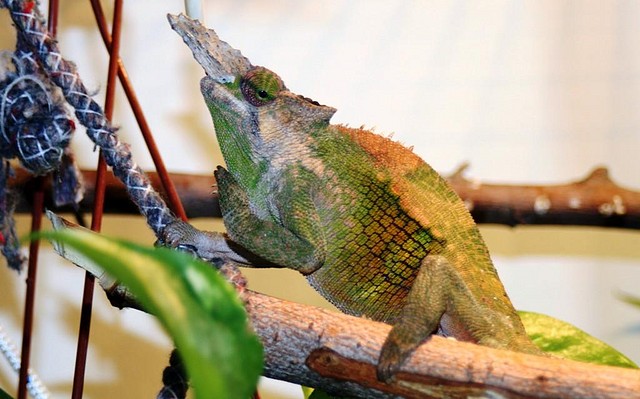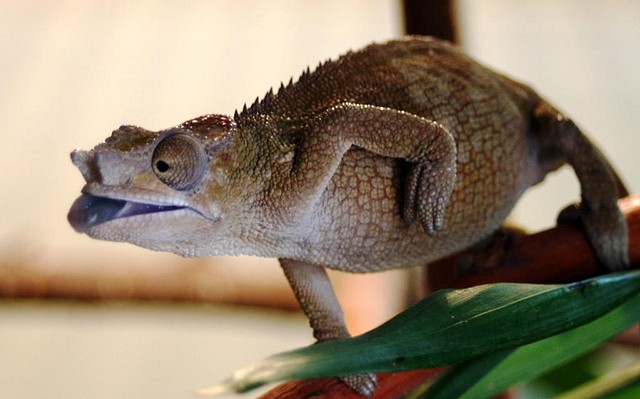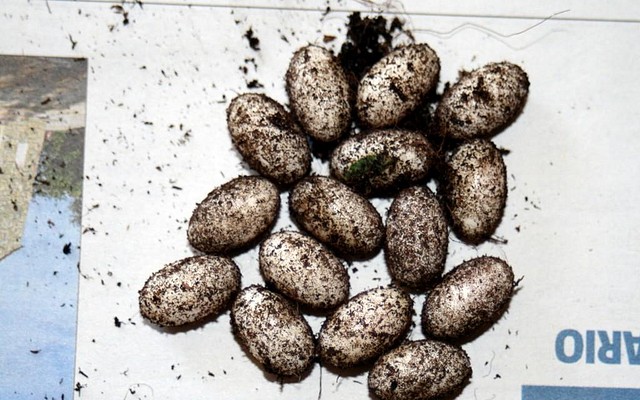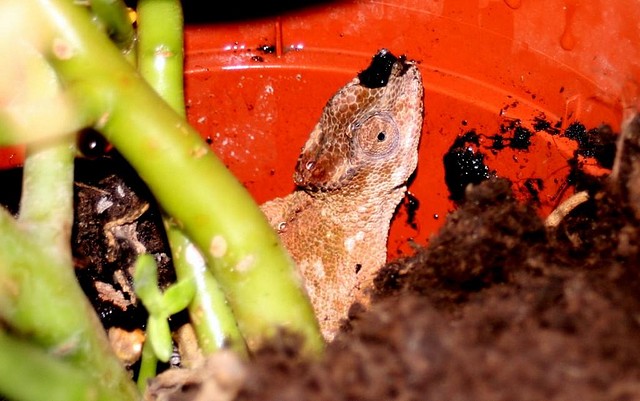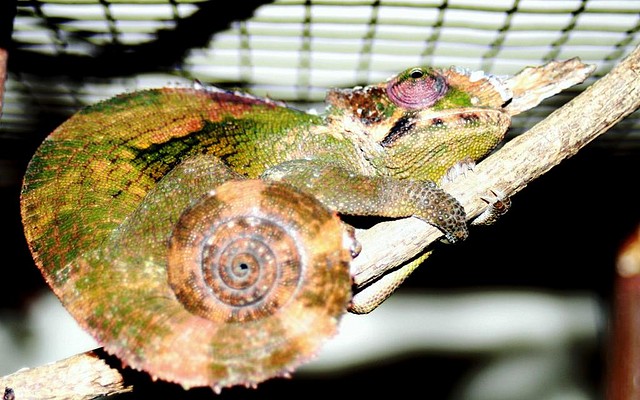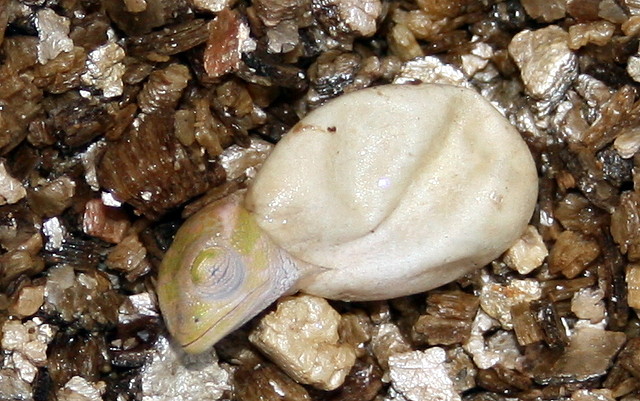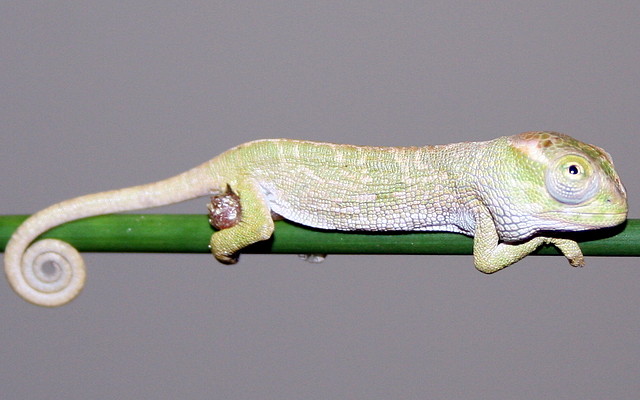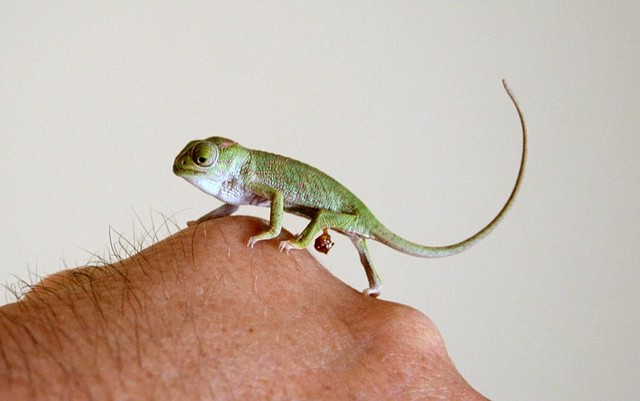Eaton
New Member
Hello,
I'm new in this forum and in the world of the chameleons.
I maintain for 6 months a couple of Kinyongia Fischeri, these they have carried out 2 settings of 20 eggs each a (buy them adults and the female gravid was).
I didn't find a lot of information on the incubation of this species, so carry out some tests with 1º setting
They got lost 5 eggs for too much heat and 5 but for an accident with the incubator (flooded), the rest is in a basement, placed in different jars with humid vermiculite to 18º C / 20º C, and they seem to evolve correctly.
I would thank some information or experiences own envelope the incubation and hatchling of this species, as well as of their general maintenance.
Thank you…. and sorry for my poor English.
I go up them some pictures of the animals, and of the eggs.





I'm new in this forum and in the world of the chameleons.
I maintain for 6 months a couple of Kinyongia Fischeri, these they have carried out 2 settings of 20 eggs each a (buy them adults and the female gravid was).
I didn't find a lot of information on the incubation of this species, so carry out some tests with 1º setting
They got lost 5 eggs for too much heat and 5 but for an accident with the incubator (flooded), the rest is in a basement, placed in different jars with humid vermiculite to 18º C / 20º C, and they seem to evolve correctly.
I would thank some information or experiences own envelope the incubation and hatchling of this species, as well as of their general maintenance.
Thank you…. and sorry for my poor English.
I go up them some pictures of the animals, and of the eggs.
